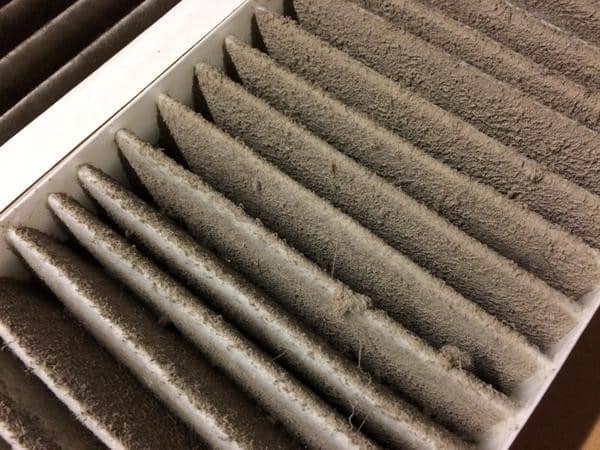SPECIFICATION GENERATOR
Find out which low impact materials are right for your building project.
What do I need to do to maintain my sustainable home?
Find out more about our approach to this building scenario.

The maintenance of your sustainable home will generally be little different to any other home so keep gutters/drains/gullies clear, prevent piles of leaves/earth from building up against your walls, etc. with the exception of anything relating to ventilation and airtightness.
Firstly, as above, it is absolutely vital that you clean or replace your air filters in any ventilation system (MVHR) that you instal. Filters should be cleaned every 3-6 months as dirt build-up can affect the heat recovery performance of the system, the amount of air supplied by the system and also the quality of the air.
After 3 months the air filters can be really filthy, especially if you live in an urban environment or near roads. During the cold months the intake filter can become full of black mould and if left this mould will inevitably start growing in the filter and allowing spores to be blown in to your home. This can have implications to your respiratory health.
It is useful to go round each of your windows and doors at the end of each summer and remove any spider webs or debris that stop the seals working effectively. This will ensure that as the autumn and winter winds begin to blow your home remains airtight and you get the heating bill you’re expecting!!
Another often overlooked area is the drain in your windows. Many triple glazed or very low energy windows have a special drain that allows any moisture to drain out from the various cavities within the frame. If these block they can allow water in to the frame and into your home. Whilst this is at worst an irritation in the short term it could rot timber windows in the much longer term. Sadly, they make wonderful places for spiders to live in, whose webs trap further debris. As yet I have no amicable solution to this problem!!
If you use solar PV or solar thermal panels it is useful to ensure that there is no mould growth or leaf litter on them each autumn as this will affect the amount of energy each produces. Many panels have a non-stick coating but it’s effectiveness tend to decrease with time and is also dependent on the angle of installation. The shallower the angle, the quicker dirt builds.
These points may sound like a lot but in reality take little time.
Who do I speak to if I have a problem? What are the best resources?
If you have any installation problems then go to your installer but if you have operational problems go straight to the experts. This may be your builder/installer but if you have specified certain systems it may be best to go back to the suppliers who should be able to offer you all the technical support you need.
You could also try some of the various forums for help if you still can’t get the answers you need. The AECB operate an excellent one https://www.aecb.net/forum/ and the Passivhaus Trust do too http://www.passivhaustrust.org.uk/forum.php . There are often people there who have more experience with certain systems than the suppliers themselves, plus there are various home owners, architects and building gurus who impart their wisdom.
WHAT’S NEXT?
If you want to find out more about how to effectively manage your sustainable building project, check out The Self-Build Series. This series of guides has been put together to you understand sustainable construction. We hope you find them useful!
